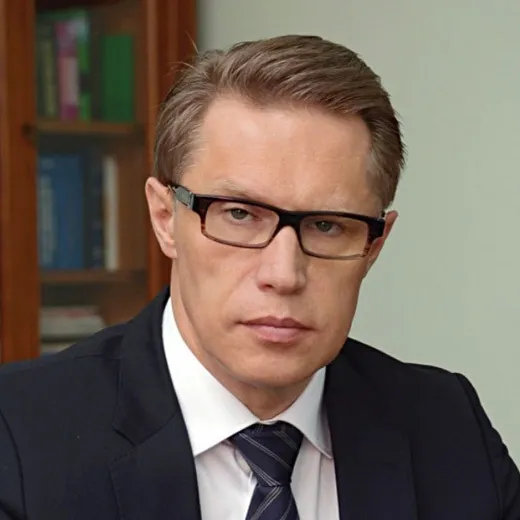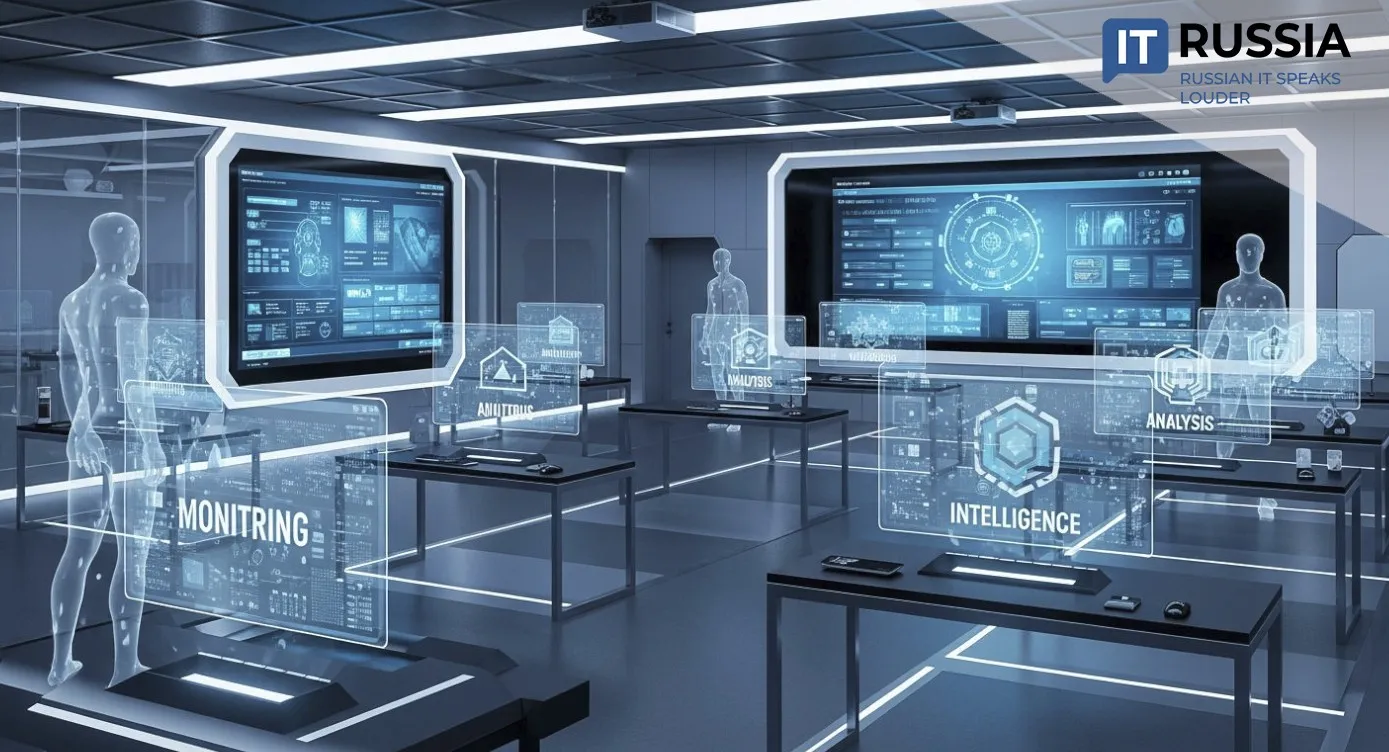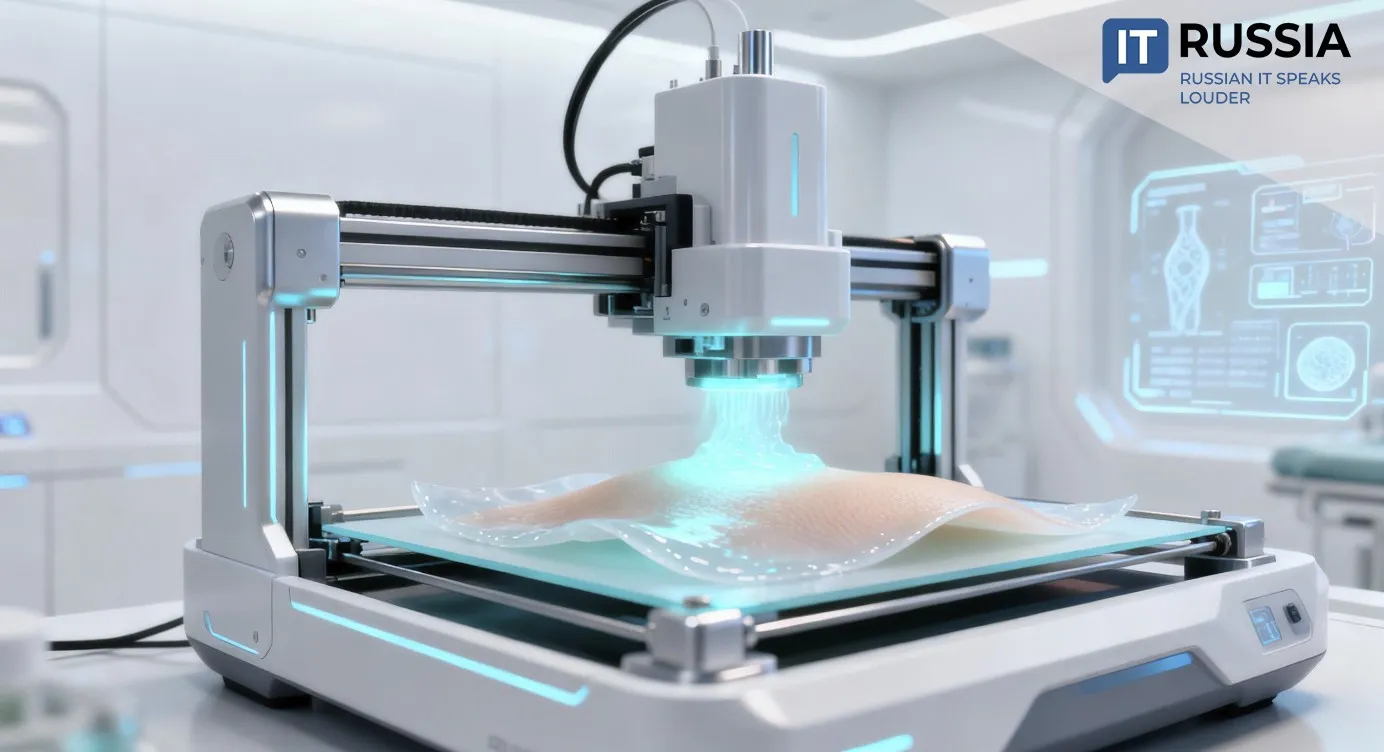No Age Limit: How AI Is Extending Medical Careers in Russia
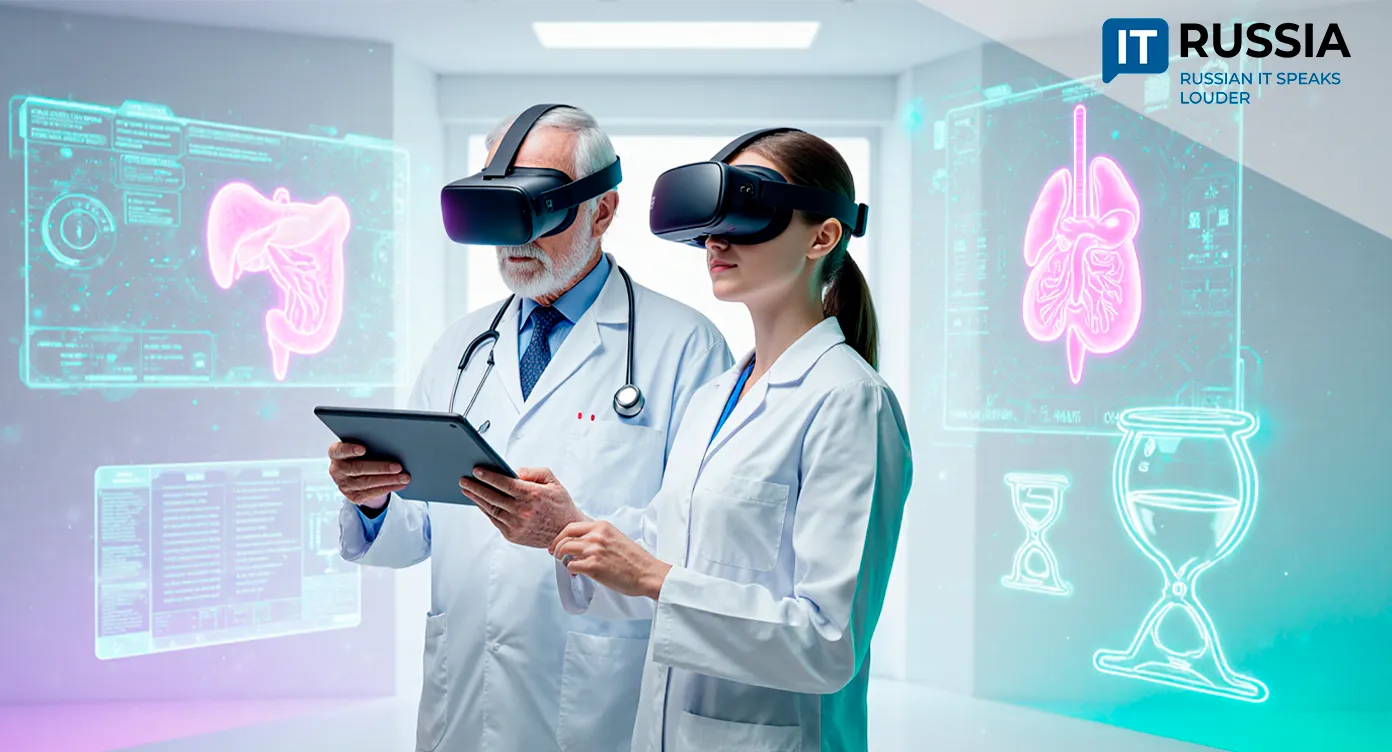
Russia’s new generation of medical graduates could work as physicians well into their 80s, thanks to digital transformation and lifelong learning tools.
As Hippocrates Said
“The art of medicine can be acquired only over a very long time. Only then can it bring benefit to people,” wrote the ancient Greek physician and philosopher Hippocrates. Russia’s Minister of Health Mikhail Murashko shares this view. He predicts that today’s medical students will be able to maintain full careers until about age 80. Speaking at the All-Russian Forum of Medical Volunteers, he said: “A 21st-century physician, over the course of a career, can save two to three times as many patients as a doctor born in 1906.”
On average, today’s physicians are expected to remain active 20 years longer than those of the last century. This is not just a statistic, but evidence of profound change in healthcare, education, and medical professional culture. If a medical career used to last 35–40 years, it now could stretch to 60 years or more.
That shift creates new demands for education and professional development: preparation for long-term practice, continuous knowledge updates, mastery of digital tools, and the ability to adapt to rapidly changing workplace conditions.
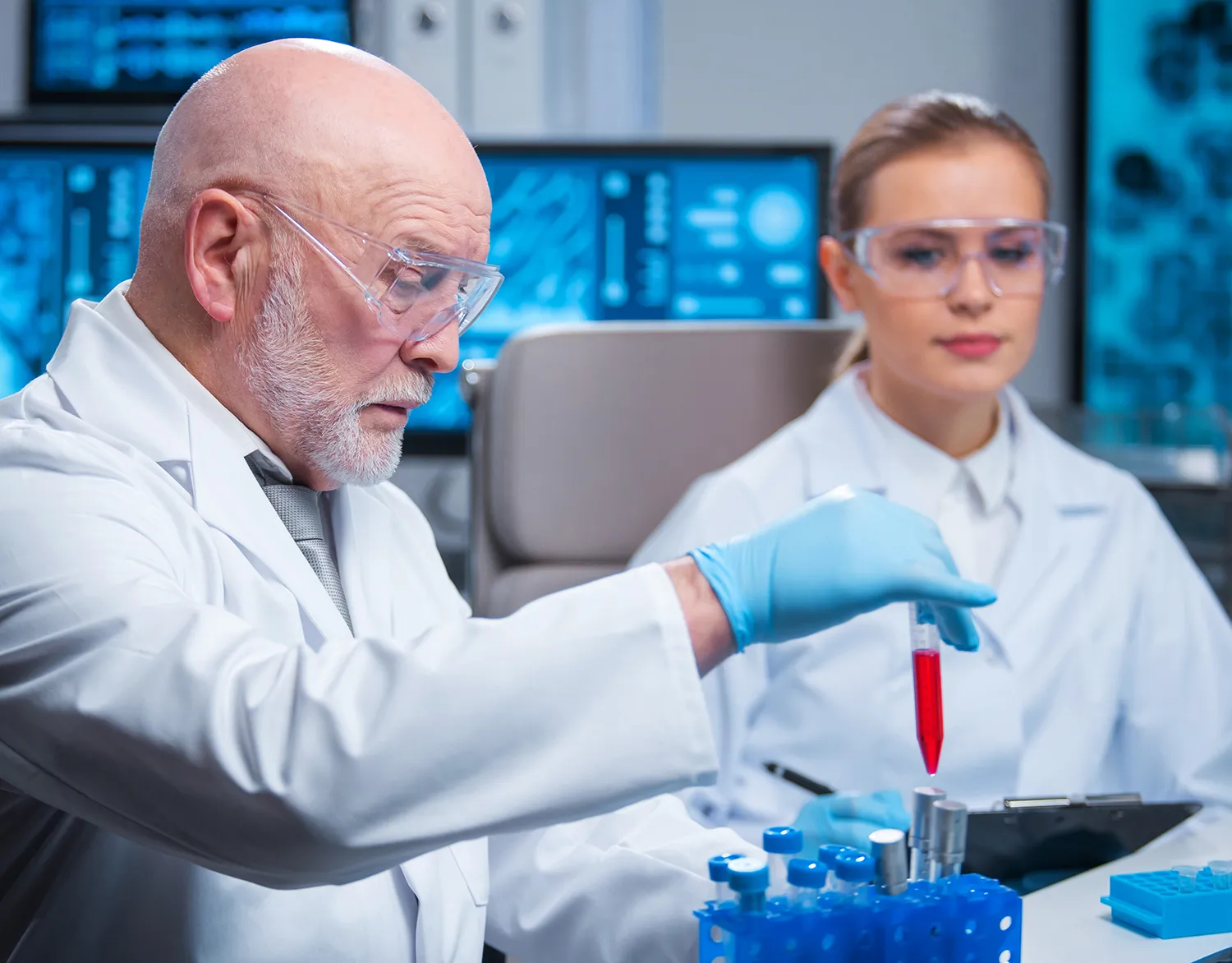
For Russia’s IT industry and healthcare sector, this means rethinking training. Modern physicians must be digital professionals, which requires adding computer science, systems thinking, medical information systems, and digital communication skills into medical curricula.
What Once Seemed Futuristic Is Now Reality
Murashko also noted that future doctors will possess digital literacy and basic IT skills, along with “a range of additional competencies.” “Today, it’s wrong to talk about digital literacy only at the user level,” he emphasized.
Indeed, the extended career span of doctors is closely tied to digitalization. Recent years have seen an accelerated rollout of digital technologies in healthcare. During the pandemic (2020–2022), online learning became not just an option but a necessity. Doctors nationwide began actively using webinars, distance courses, and digital platforms for professional development.
Telemedicine, once futuristic, is now routine. Remote consultations, e-prescriptions, and digital medical records have become everyday practice. With the launch of telemedicine centers in 2023–2024, infrastructure for remote patient services has grown significantly.
Government projects like the Unified Medical Information and Analytical System (EMIAS) are equally important. Physicians are being trained on modern IT platforms that help them make faster decisions, collaborate more effectively, and engage patients in digital environments.
The Education of the Future: Hybrid, Supervision, and Technology
Traditional medical education—lectures, hands-on practice, internships—is evolving. Hybrid learning, combining online and offline formats, will gain importance. This approach allows doctors to keep learning throughout their careers without stepping away from practice.

Mentorship and supervision will also be key. Experienced doctors will not only continue working but also mentor younger professionals. One example is the “Mentor’s School” program by Medetika, designed to train healthcare workers in mentorship to improve adaptation and growth of new staff and students.
At the same time, IT training for physicians is expanding. Universities, private EdTech firms, and public institutions are rolling out programs to develop digital skills. Promising directions include VR/AR training, medical simulators, mobile apps for self-study, and interactive testing platforms.
Some projects already allow doctors to hone skills in safe, controlled environments. The Osso VR program is used for training orthopedic surgeons with interactive bone and joint simulations. The Touch Surgery project uses AR overlays on real images, letting surgeons and students practice in conditions close to real-life surgery.

A New Model of the Profession
Interestingly, digital medical education could become not just a domestic breakthrough but also an export product. Russian EdTech platforms, simulators, apps, and training services could find markets abroad, especially in countries with developing healthcare systems.
This requires not only building technologies but also adapting them to local standards, languages, and cultural contexts.
Murashko’s forecast is a call for a strategic rethink of how physicians are trained, developed, and supported. Digital skills are no longer optional—they are becoming the core of the profession.
Russian healthcare stands on the threshold of a new era—one in which a physician’s career could last 60 years or more. The nation’s health in the coming decades will depend on how effectively education and healthcare systems prepare for this shift.


